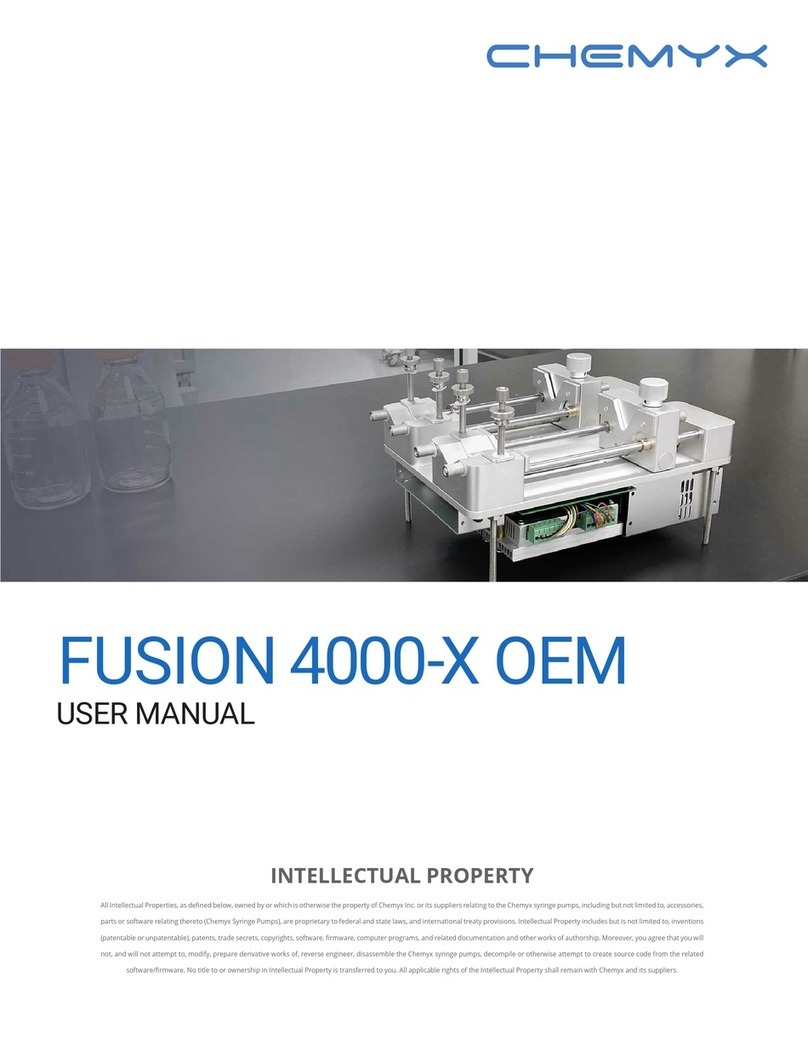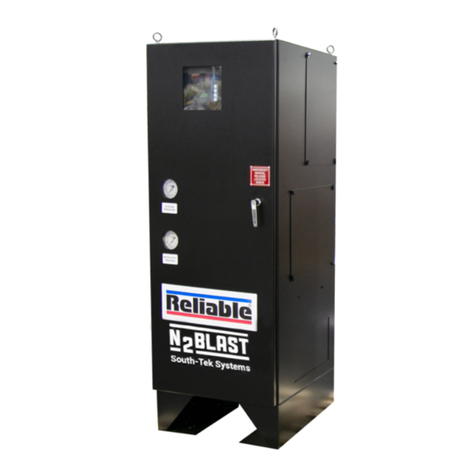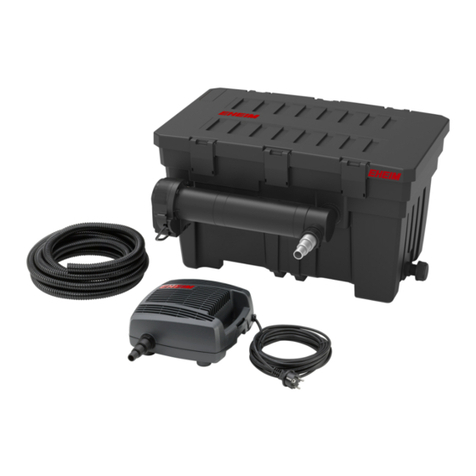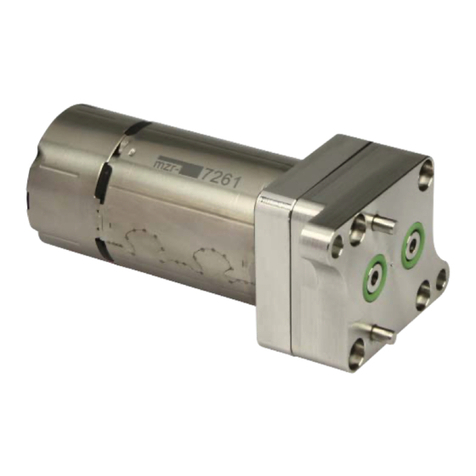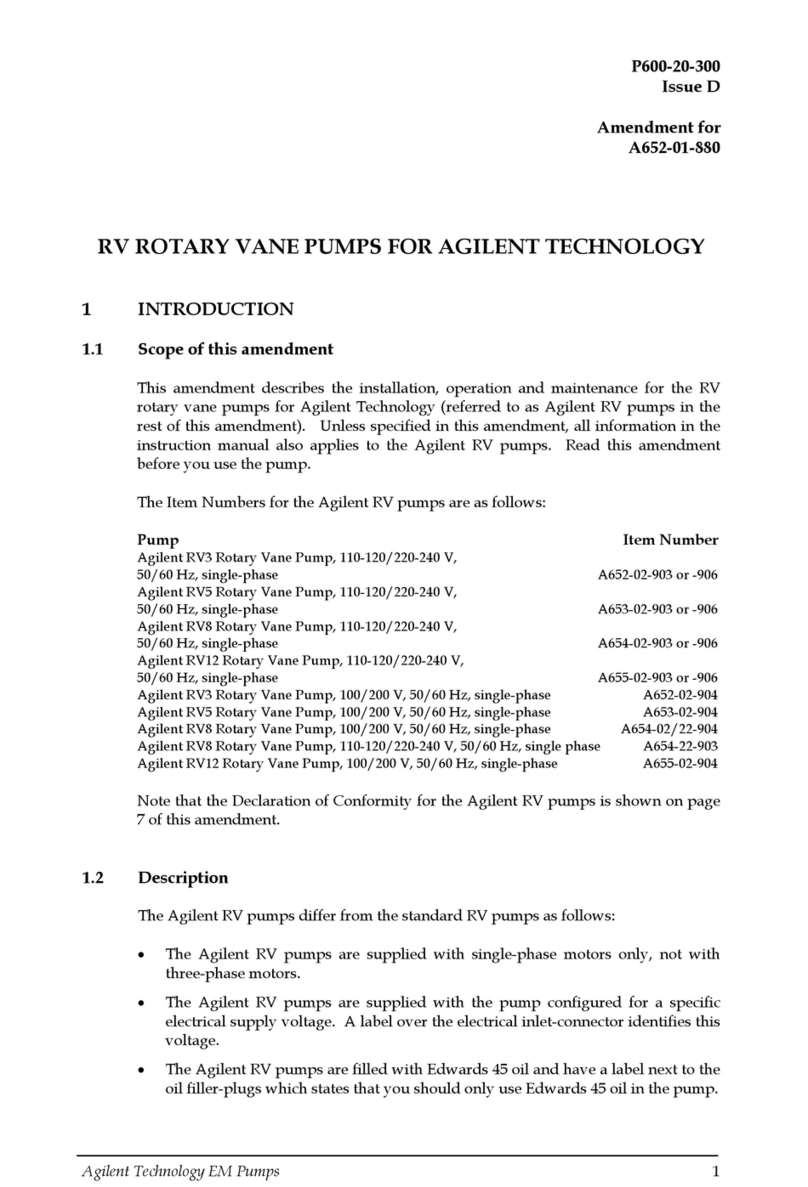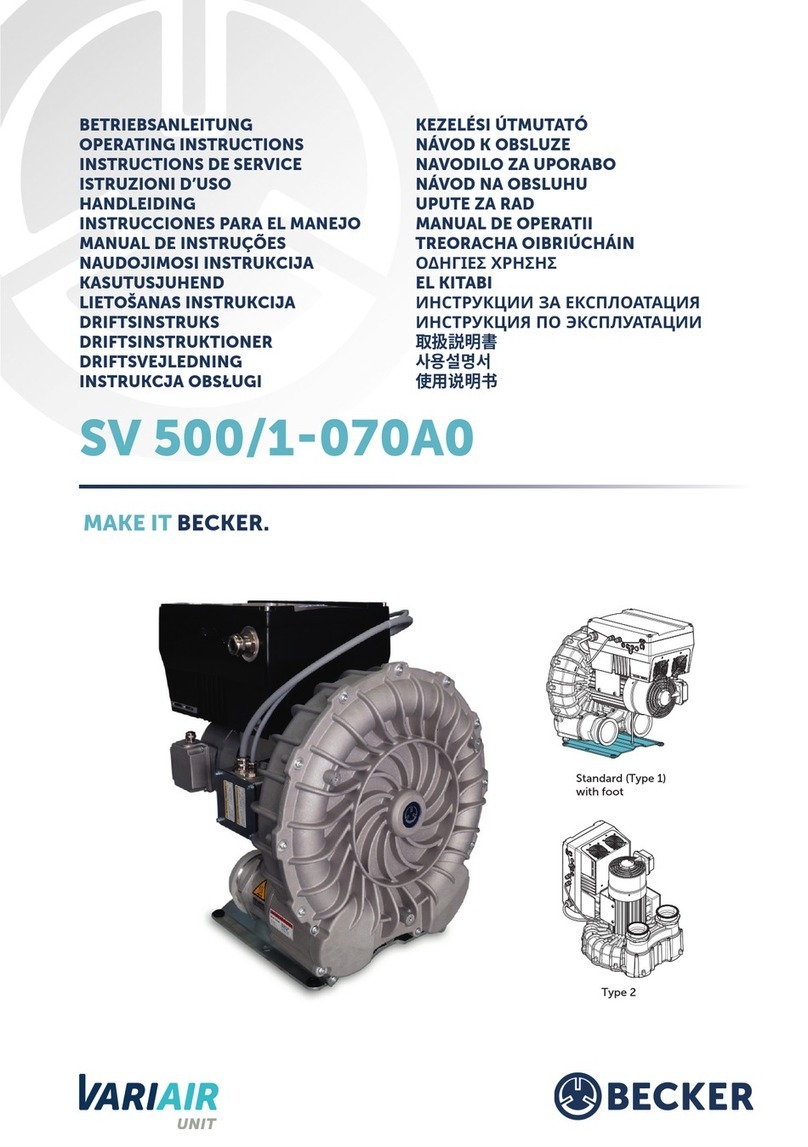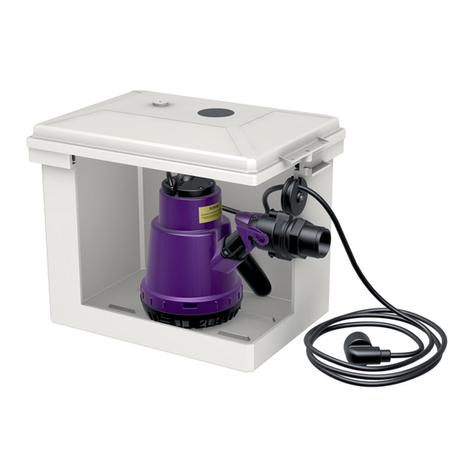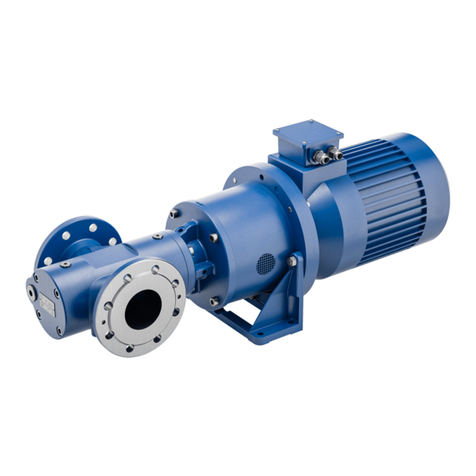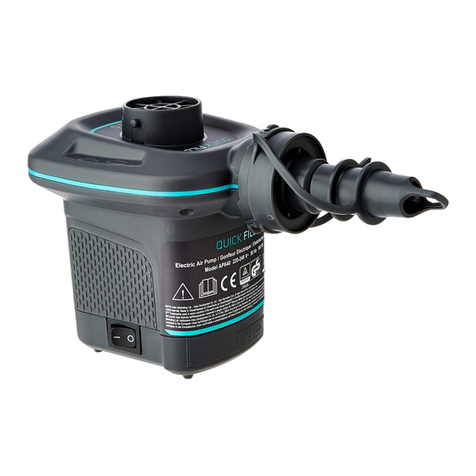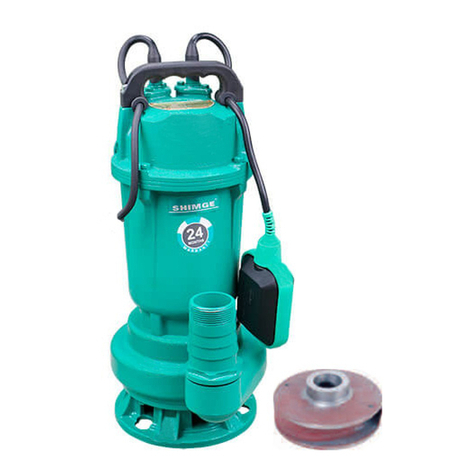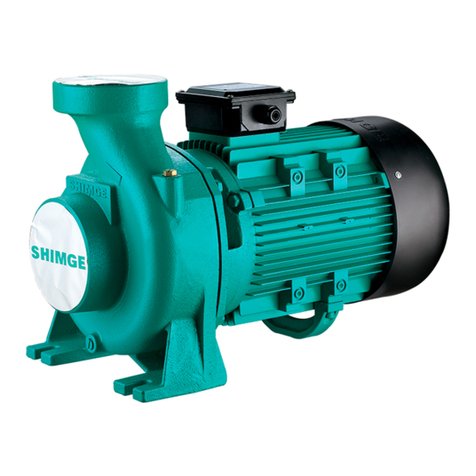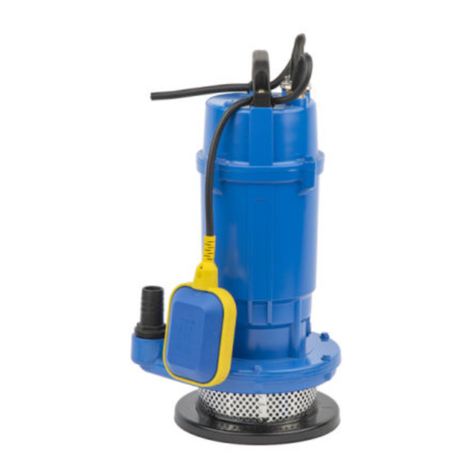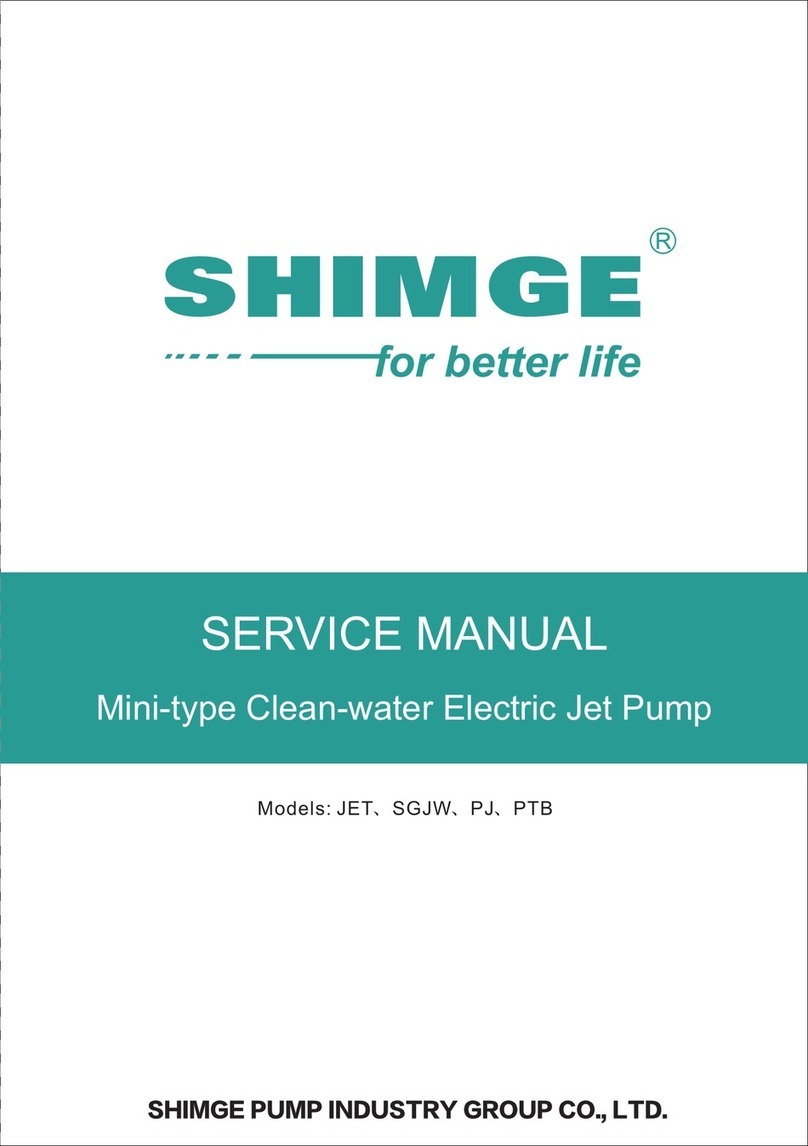
Thank you for choosing our company’s products, please read this manual
carefully and keep it properly before use.
WARNINGS
Before operation, make sure that the electric pump is properly grounded.
Don’t touch the electric pump while it is running.
Don’t make the electric pump run dry.
1. PORDUCTS OVERVIEW
Clean Water Pumps (hereafter referred to as simply“electric pump”) include peripheral pumps of
models SQm, QB, WZB, AWZB and centrifugal pumps of models DK, SHF(m), CP(m), 2SGP(m), SGT
and jet pumps of models JET, AUTOJET, SGJS, SGJW. The electric pump is made up of motor, water
pump and seal. Motor adopts asynchronous one. Incorporating vortex impeller, the peripheral pumps enjoy
high head, among which, models WZB, AWZB are capable of self-priming, but models QB, SQm can not.
Model AWZB is equipped with automatic control system which mean the electric pump can pump water
when the valve at outlet is opened whereas stop work when it is closed. Thus, this model can work
automatically without switching power off by manual operation. Adopting centrifugal impeller and
volute-casing, the models DK, SHF(m), SGA(m), CP(m), SGT, 2SGP(m) are characterized by large
outflow, stable operation and low noise. Jet pumps of models JET, SGJS, SGJW adopt unique structure
and have function of self-priming. Compared with model JET pump, the model AUTOJET pump is
equipped with pressure tank, pressure control and pressure meter, thus it is convenient to control its
operation automatically. Between the water pump and the motor,single end mechanical seal is applied,
whereas O- rings are used for static seal at all fixed spigot joints.
2. CONDITIONS FOR USE
The electric pumps shall keep normal and continuous working under the following conditions:
1). Maximum ambient temperature: +40°C;
2). Maximum medium temperature: +40°C;
3). Medium pH value: 6.5-8.5;
4). Maximum volumetric ratio of solid impurities content in the medium: 0.1%. Maximum size of solid
particle: 0.2mm;
1
6. TROUBLESHOOTING
MALFUNCTION MAIN REASONS SOLUTIONS
Electric pump starts
difficultly
1.Low power voltage.
2.Lost phase or cable broken .
3.Impeller clogged.
4.Excessive cable voltage-drop.
5.Capacitor damaged.
6.Stator winding burnt.
1.Ajust voltage into 0.9-1.1 times of the
rated value.
2.Check switch terminal and cable.
3.Correct clogged position or clean off
the foreign matters.
4.Thicken cable properly.
5.Replace capacitor.
6.Rewind and overhaul.
Water priming
failure
1.Air reside in pump chamber.
2.Air leakage occur inside intake pipe.
3.Foot valve not opened or clogged
severely, large resistance occur inside
pipe, high suction height.
4.Air leakage for airtight packing occur
inside pump
1.Prime enough water into pump
chamber to exhaust air.
2.Check joints, pipes, etc to ensure seal
properly.
3.Check foot valve, remove obstruction,
shorten intake pipe, reduce the suction
height.
4.Adjust or replace airtight packing.
Insufficient flow
1.Excessive long pipe
high head or pipe bent severely.
2.Foot valve, strainer or impeller
partially clogged.
3.Impeller worn out severely.
1.Cut pipe down,
range of rated value or make pipeline
bending to be flat.
2. Clean off obstruction
3. Replace impeller.
Electric pump stops
operation suddenly
1.Switch broken off or fuse burnt .
2.Impeller clogged.
3.Stator winding burnt out
1.Check whether head or power voltage
conform to requirements, if not, adjust
accordingly.
2.Remove foreign matters.
3. Rewinding and overhaul.
Stator winding burnt
1.Excessive low power voltage
2 Winding short-circuit due to water
left in motor.
3.Impeller clogged.
4.Electric pump starts frequently.
5.Electric pump overload.
6.Phase lost for three-phase electric
pump.
Rewinding according to original
technical requirement after
dismantlement, then,
soak and dry the
electric pump in the insulating lacquer,
or send it to the service agency for
repair.
6





